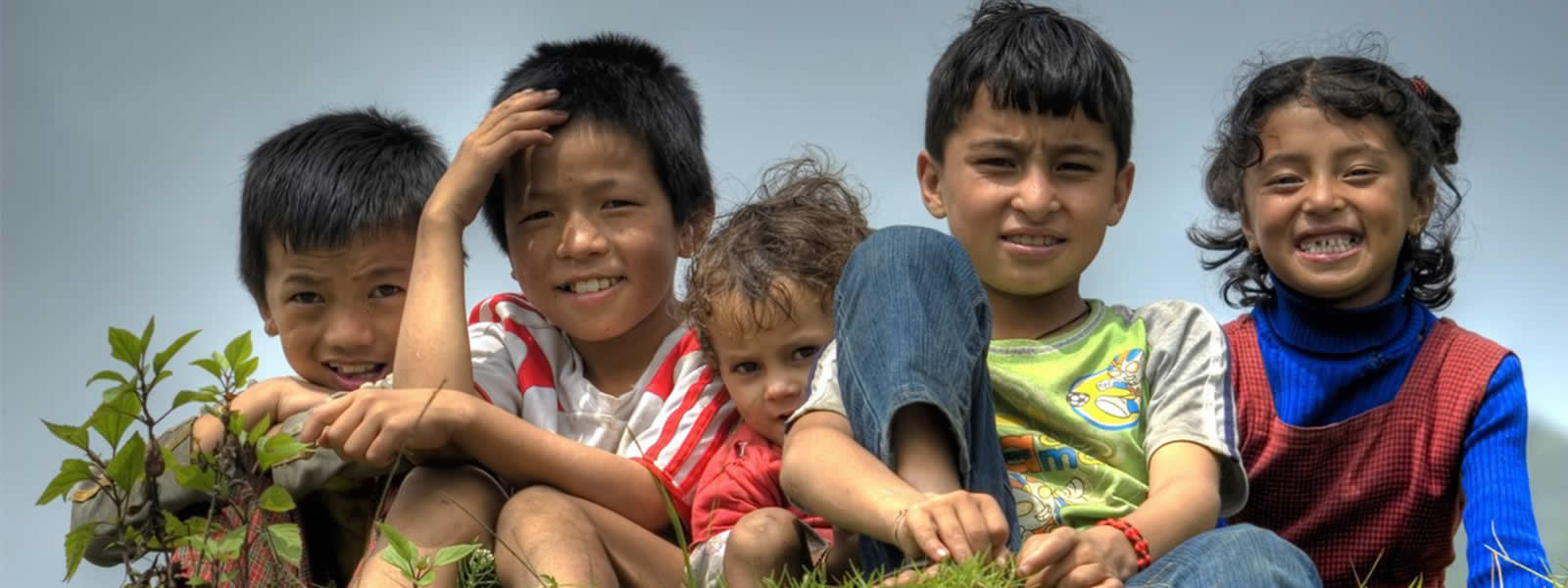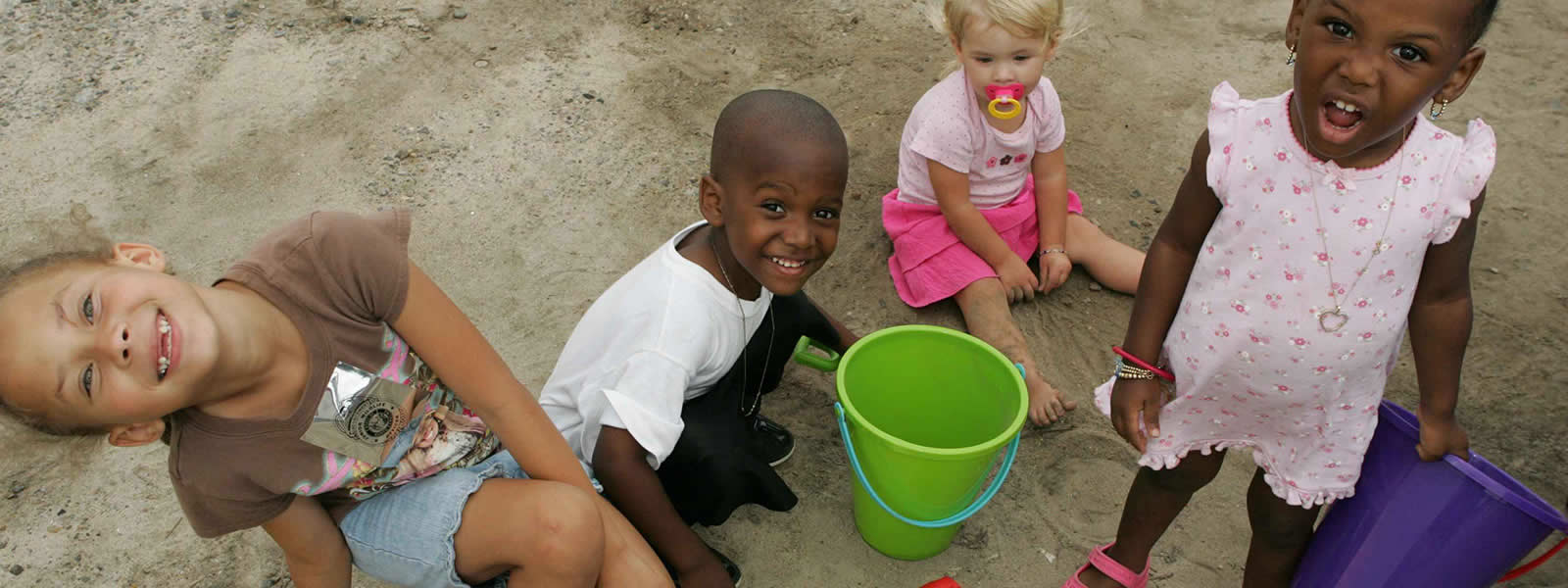Innovation Technology
We understand the role and potential of using technology for the betterment of the society. Technology not only has been inevitable but has time and again proven to enhance the quality of life. Aariketh is keen on using innovative technology such as below as tools for sustainable social and economic development. The following are the domains we stress on 1. Artificial intelligence 2. Internet of things (IoT) 3. Cyber security 4. Cloud management 5. Managed Backup 6. Endpoint management 7. Training and technology adaptation 8. Nonprofit technology consulting and strategy
Health and Welbeing
A healthy community and thus the society plays a crucial role in development. Nepal faces huge gaps in access to quality health services and infrastructure as well as lack of awareness regarding disease prevention, hygiene and nutrition. We aim to promote awareness as well as provide basic medical services at low to free cost to those who cannot afford and access those services. 1. Screening and treatment 2. Training 3. Empowering 4. Health Education 5. Psychosocial Counselling 6. Digital Health 7. Sustainable health 8. Capacity building 9. Rehabilitation 10. Advocacy and Policy
Professional Development and Entrepreneurship Skills
Aariketh focuses on providing professional development and entrepreneurship skills with a view of promoting sustainable livelihood development. Our goal is to reduce poverty by generating job opportunities as well as providing skills for employment through the below mentioned programmes. 1. Training and development 2. Small business consulting 3. Business skills development 4. Personal and business finance education 5. Employability skills 6. Value chain development 7. Skill development training 8. Resilient livelihoods development
Agriculture
With agriculture as the main livelihood generator in Nepal, Aariketh aims to uplift farmers by promoting modern farming techniques, using ICT for access to information and building innovative farming skills. 1.Organic and smart tech farming using cost effective technology 2.Controlled traffic farming 3.Technology and Machine guidance farming 4.Soil mapping 5.Soil moisture sensing 6.Crop management 7.Variable rate (VR) irrigation, VR weeding, VR nutrients, and VR pesticides. 8.Laser-guided precision land labeller 9.Drones 10.Power tiller sprayer 11.Electrostatic and air assisted sprayer incorporating GPS, remote sensing
Health and Welbeing
A healthy community and thus the society plays a crucial role in development. Nepal faces huge gaps in access to quality health services and infrastructure as well as lack of awareness regarding disease prevention, hygiene and nutrition. We aim to promote awareness as well as provide basic medical services at low to free cost to those who cannot afford and access those services. 1. Screening and treatment 2. Training 3. Empowering 4. Health Education 5. Psychosocial Counselling 6. Digital Health 7. Sustainable health 8. Capacity building 9. Rehabilitation 10. Advocacy and Policy
Education
Aariketh believes in providing equal access to quality education for all and aims to uplift the existing gaps through capacity building of teachers, use of innovative technology and improving access to education to the vulnerable and marginalized communities. 1.Innovative and inclusive education 2.Community participatory education 3.Distance learning 4.Literacy and education- add disabled, marginalized, women and children 5.Advocacy, campaigns and skill based trainings 6.Academic and research 7.Continued professional development
Disaster risk reduction and Environment
As per National Disaster Report 2017, natural disasters such as flooding, landslides, windstorms, hailstorms, fires, earthquakes, and Glacial Lake Outburst Floods threaten more than 80% of Nepal's population (GLOFs). The country is one of the world's top 20 disaster-prone nations. Natural disasters pose a big threat especially to those who are already vulnerable and are struggling to make a living. Aariketh plans to increase the awareness regarding disaster preparedness and emergency response as well as provide the necessary support in recognizing and mitigating the key risk areas. 1.Community-based disaster risk management 2.Disaster awareness campaign 3.DRR policy and strategy advocacy 4.Disaster preparedness and emergency response 5.Early warning systems 6.Infrastructure support 7.Multi-hazard risk assessments

